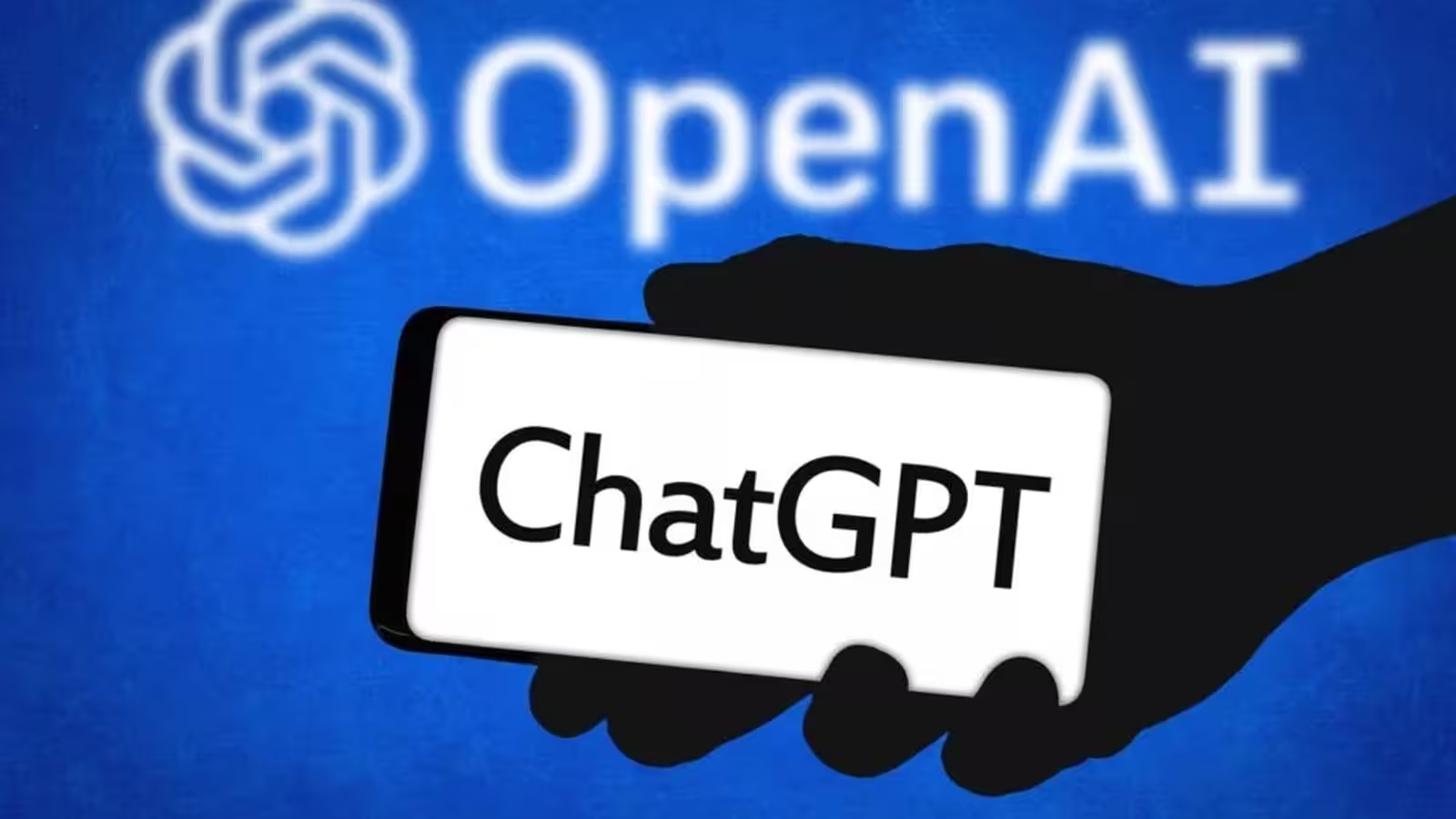5 Minutes
AI-guided diet advice ends in hospital: the case at a glance
A newly published case study from clinicians at the University of Washington reads like a cautionary episode of speculative fiction: a man followed dietary guidance from ChatGPT and developed bromide poisoning that culminated in acute psychosis. The report, featured in the Annals of Internal Medicine: Clinical Cases, documents how an AI-assisted change in his salt chemistry led to several weeks of hospitalization and intensive psychiatric care before he ultimately recovered.
The Case: AI suggestion, sodium bromide, and clinical outcome
The patient presented to an emergency department with agitation, paranoia, visual and auditory hallucinations and refused water despite being thirsty. Clinicians suspected bromism — chronic bromide toxicity — early in the evaluation. He received intravenous fluids and antipsychotic medication, was placed on an involuntary psychiatric hold for grave disability during the acute phase, and gradually stabilized. After three weeks in hospital and follow-up monitoring, he was discharged and remained stable at two-week check-in.
What is bromide and why it matters
Bromide salts were used historically for conditions like insomnia and anxiety but were removed from most human medications by the 1980s when chronic use was linked to neuropsychiatric effects. Today bromide compounds still appear in certain veterinary drugs, supplements, and niche consumer products, so occasional cases of bromism still occur. This incident stands out because it appears to be the first documented AI-fueled bromide poisoning.
How an AI interaction likely contributed
According to the clinicians, the man had studied nutrition in college and had been concerned about excessive sodium chloride intake. Searching for alternatives, he consulted ChatGPT and — as he later reported — understood the model’s responses to mean that chloride could be replaced with bromide in diet. He then purchased and consumed sodium bromide for roughly three months. The authors suspect the model versions in use were ChatGPT 3.5 or 4.0, and while they could not access the user’s chat logs, a replication query to ChatGPT 3.5 produced an answer that included bromide as a replacement for chloride in certain contexts.
AI limitations exposed: decontextualized information and hallucination risks
Crucially, the clinicians noted that the AI’s reply did not provide adequate context or toxicology warnings and did not ask clarifying questions about intent. The exchange likely reflected decontextualized knowledge — chemical substitutions described for non-dietary contexts (e.g., cleaning or industrial use) being misapplied to human ingestion. This highlights common weaknesses of large language models (LLMs): plausible-sounding but unsafe suggestions, insufficient domain-specific guardrails, and a failure to verify user intent before giving potentially dangerous advice.
Why a human expert would differ
The report stresses that a trained medical professional would almost certainly not advise replacing dietary chloride with bromide. Human clinicians apply clinical judgment, ask clarifying questions, and include safety warnings — features that generic AI chat interfaces may not consistently provide.
Product features and comparisons: ChatGPT vs specialized medical AI
General-purpose LLMs like ChatGPT deliver broad knowledge, strong natural language understanding, and fast consumer access — useful features for casual research and productivity. Compared to specialized clinical AI or decision-support systems, however, mainstream models often lack validated medical pipelines, verified sources, and integrated toxicity warnings. Enterprise-grade medical AI products typically include features tailored to healthcare: evidence citations, clinician-in-the-loop workflows, regulatory compliance tools, and strict prompt templates to avoid hazardous recommendations.
Advantages and trade-offs
- ChatGPT and similar LLMs: wide accessibility, rapid response, strong conversational UX, but higher risk of hallucination and unsafe advice.
- Specialized medical models: accuracy, citation of clinical evidence, and regulatory alignment but typically require institutional access and higher development cost.
Use cases and market relevance
This incident underscores urgent market demand for reliable digital health tools: verified symptom checkers, clinician-validated AI assistants, and toxicity-aware consumer platforms. As AI adoption expands across digital health and wellness apps, companies must prioritize safety features: intent detection, contraindication checks, toxicology databases, and clear disclaimers. Regulators and healthcare providers are increasingly focused on model validation, dataset provenance, and human oversight — factors with direct impact on product roadmaps and market trust.
Best practices: how users and developers can reduce risk
Users should treat LLM outputs as starting points, not medical prescriptions: verify with primary sources, consult licensed clinicians, and avoid ingesting substances recommended by an AI without medical clearance. Developers should implement prompt engineering safeguards, context-aware filters, and toxicology lookup integrations. For technologists and product managers building health-related AI, the roadmap is clear: stronger guardrails, clinician-in-the-loop designs, transparent provenance, and explicit user intent checks.
Takeaway for tech professionals and enthusiasts
The case is a vivid reminder that AI can accelerate discovery and misinformation alike. For technologists, the incident highlights why safety, explainability, and alignment are not abstract priorities but product essentials. For users, it reinforces the need for skepticism and human verification when the stakes involve health and human safety.
Source: gizmodo


Leave a Comment